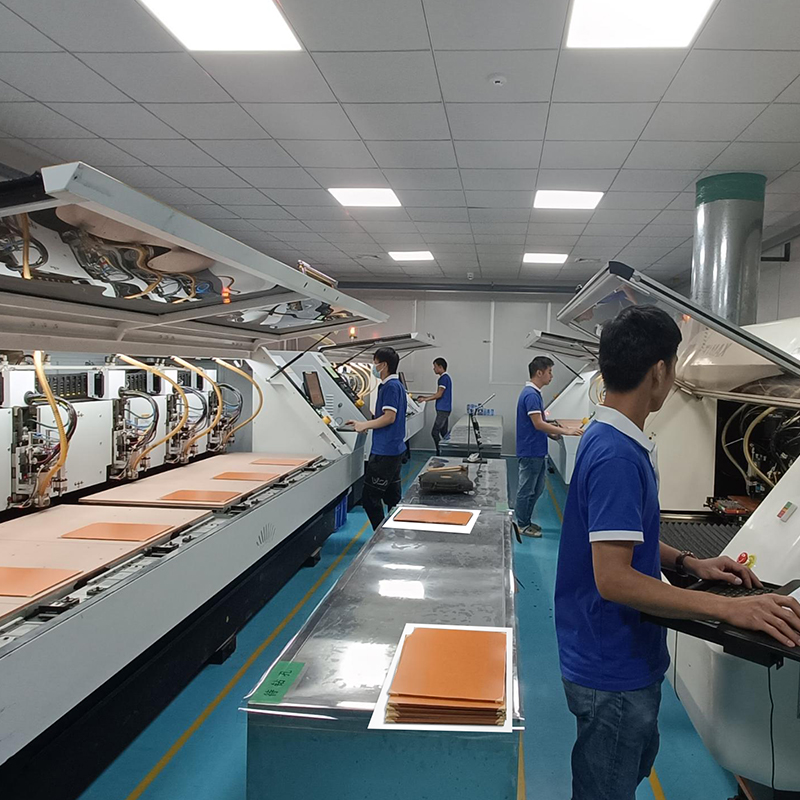Introduce:
In the vast world of electronics, power supplies play a vital role in providing the required power to various devices. Whether in our homes, offices or industries, power is everywhere. If you’re an electronics hobbyist or a professional who wants to create your own power supply, you may be wondering whether it’s possible to prototype a power supply printed circuit board (PCB). In this blog, we will explore the possibilities and challenges of power supply PCB prototyping and how to implement it.
Learn about PCB prototyping:
Before we get into the specifics of power supply PCB prototyping, let’s first understand what PCB prototyping is all about. A printed circuit board (PCB) is a flat plate made of non-conductive material (usually fiberglass) with conductive paths etched or printed on its surface. The PCB is the foundation on which electronic components are mounted and soldered, providing mechanical support and electrical connections.
PCB prototyping is the process of creating a prototype or sample PCB board to test and validate the design prior to mass production. It allows designers to evaluate the functionality, feasibility, and performance of their circuits without incurring the costs and risks associated with full-scale production. Prototyping helps identify and correct any flaws or modifications needed in the design early in the development cycle, ultimately resulting in a more refined and optimized final product.
Power supply prototyping challenges:
Designing and prototyping power supplies can be challenging due to a variety of factors. First, power supplies typically require high-power components such as transformers, rectifiers, and voltage regulators. Integrating these components onto a small PCB can be tricky as it requires careful planning of layout and heat dissipation mechanisms.
In addition, power supplies need to handle high voltages and currents, increasing the risk of electrical noise, electromagnetic interference (EMI) and potential safety hazards. PCB prototyping requires proper grounding techniques, shielding, and isolation methods to ensure reliable, safe operation of the power supply.
Additionally, power supply designs are often customized based on specific requirements such as voltage levels, current ratings, and output stability. Prototyping allows designers to fine-tune these parameters and optimize power supply performance for their intended application, whether it is consumer electronics, industrial machinery or any other field.
Power supply prototyping options:
When it comes to power supply PCB prototyping, designers have several options based on their requirements and expertise. Let’s explore some popular methods:
1. Breadboard prototyping: Breadboards are often used in low-power circuits, allowing designers to quickly test their power supply designs by connecting components using jumpers. While breadboards offer convenience and flexibility, they have limited power handling capabilities and may not be suitable for high-power applications.
2. Stripboard prototyping: Stripboard, also known as veroboard or Copperboard, offers a more durable solution than breadboard. They feature pre-etched copper tracks into which components can be soldered. Stripboard offers better power handling and can accommodate mid-range power designs.
3. Custom PCB Prototyping: For more complex and high-power applications, designing custom PCBs becomes critical. It enables precise layout design, component placement, and optimized trace routing for power requirements. Designers can use a variety of PCB design software tools to bring their power supply ideas to life and create prototypes that suit their needs.
Advantages of power supply PCB prototyping:
Power supply PCB prototyping offers designers several advantages:
1. Cost Savings: Prototyping can identify and correct potential design flaws or improvements at an early stage, thereby reducing the risk of costly errors during mass production.
2. Performance Optimization: Prototyping provides a platform to fine-tune power supply parameters such as stability, efficiency, and voltage regulation, resulting in an optimized design suitable for the intended application.
3. Time efficiency: By prototyping and validating power supply designs, designers can save time by avoiding time-consuming iterations during mass production.
4. Customization: Prototyping enables designers to tailor their power supply designs to meet specific requirements, ensuring a tailor-made solution for their application.
In conclusion:
Power supply PCB prototyping is not only possible, but also extremely beneficial. It enables designers to overcome challenges, fine-tune their designs, and optimize power supply performance. Whether you choose breadboarding or custom PCB prototyping, the ability to test and validate your design before volume production is invaluable. So if you have an idea for a power supply, prototype it now and put it into practice. Happy prototyping!
Post time: Oct-21-2023
Back







